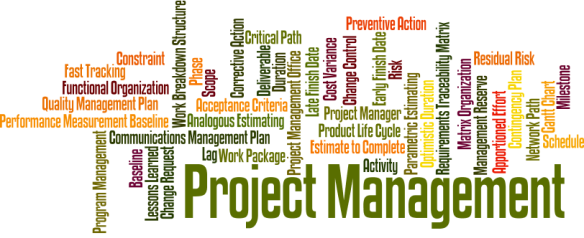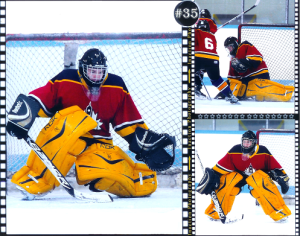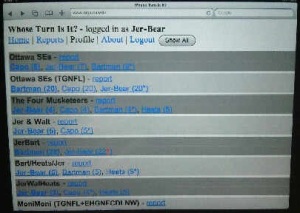 There is a lot confusion about the difference between Project Management and Program Management. Project Management is a fairly well established field with several competent authorities offering accreditations that are increasingly recognized by industry. On the other hand, Program Management is a much less established field primarily existing in very large organizations running multiple concurrent complex projects. There are some accreditations for Program Management and these are slowly evolving into recognizable designations in industry.
There is a lot confusion about the difference between Project Management and Program Management. Project Management is a fairly well established field with several competent authorities offering accreditations that are increasingly recognized by industry. On the other hand, Program Management is a much less established field primarily existing in very large organizations running multiple concurrent complex projects. There are some accreditations for Program Management and these are slowly evolving into recognizable designations in industry.
In my career I’ve run several large projects. At one point I was managing two large multi-million dollar projects that ran concurrently. At this point a Program Manager was instated to attend to the larger issues of both projects as they related to corporate governance. This falls in line with fundamental difference between Project and Program Management. Let’s explore the fundamental difference by starting with some simple definitions.
Definitions
Project Management is concerned with the completion of specific objectives within a finite well-defined time frame.
Program Management is concerned with aligning the objectives of multiple projects with each other and, in some cases, to those of the corporation at large and often is an ongoing concern with no defined ending time frame.
With these simple definitions in mind, project managers need to work towards the completion of well defined tasks. Accordingly, all projects should have a plan; a written, documented plan. This plan should be shared with stakeholders. If a project is worth doing, worth your time and effort or, more importantly, other people’s effort or corporate resources, one should write up a project plan. If the scope of the project is relatively small, then the project plan can be commensurately brief. It may comprise nothing more than a visual timeline with brief notes. Complex projects should have a more suitably comprehensive project plan.
It’s important to document any project plan for several reasons:
1) Project status briefing: Projects require regular updates to be provided to stakeholders. Having a project plan will manage stakeholders’ expectations. Additionally, it provides a baseline to establish and measure the continuing progress and ultimate success of the project.
2) Schedule end date: Projects must end, period. Resources are assigned, effort is gauged, goals are documented, and outcomes defined—all bounded and definitively constrained by a hard calendar date and documented for all to see in the project plan.
Conclusion
If there is no end date planned and scheduled then either it’s a Program—which can be ongoing by definition—or, more likely, you will be wasting time and effort.
Make a project plan, define an end date and work smartly towards success.



